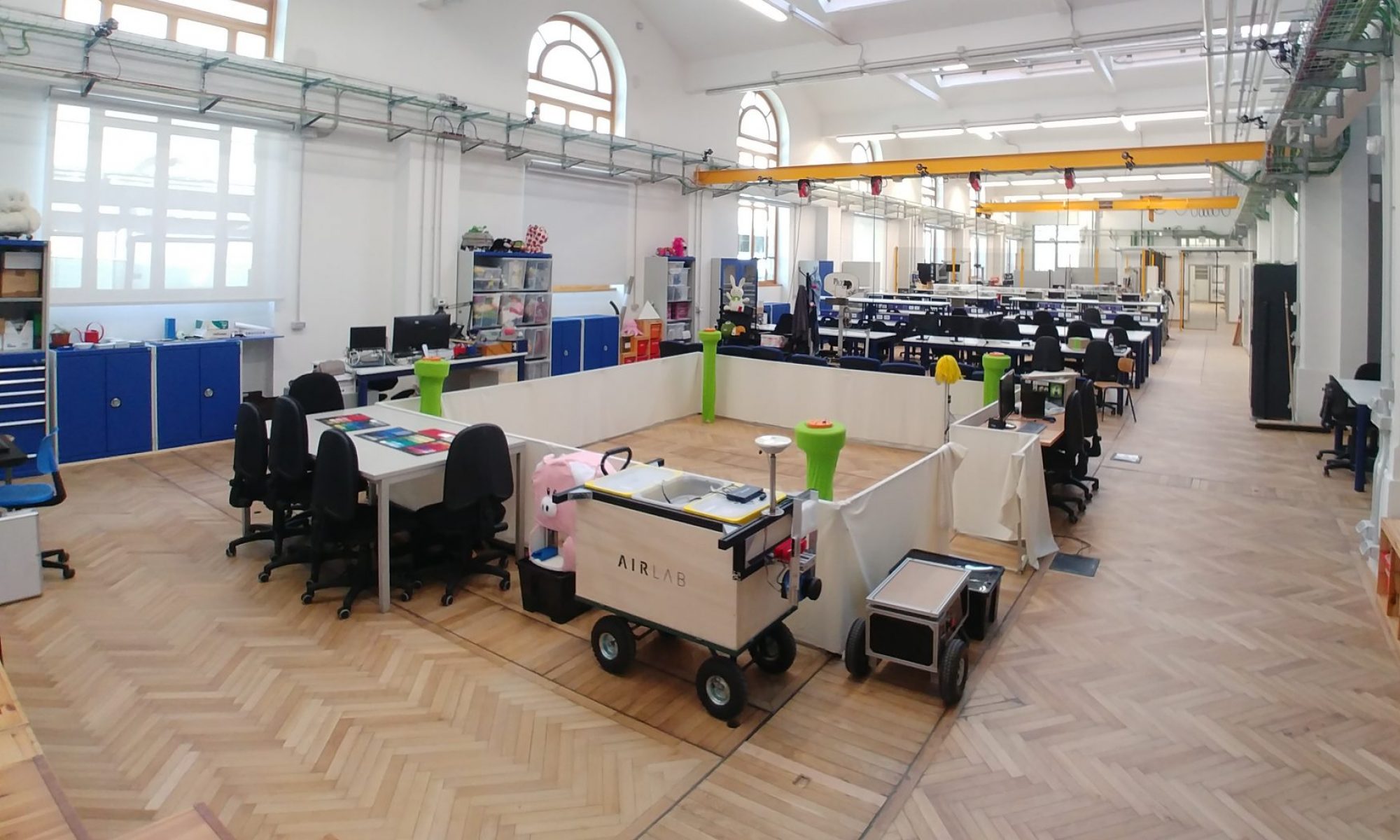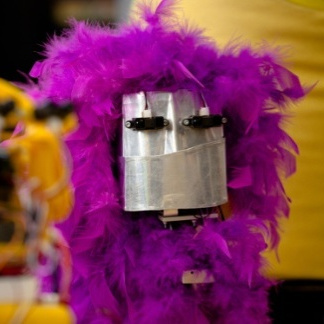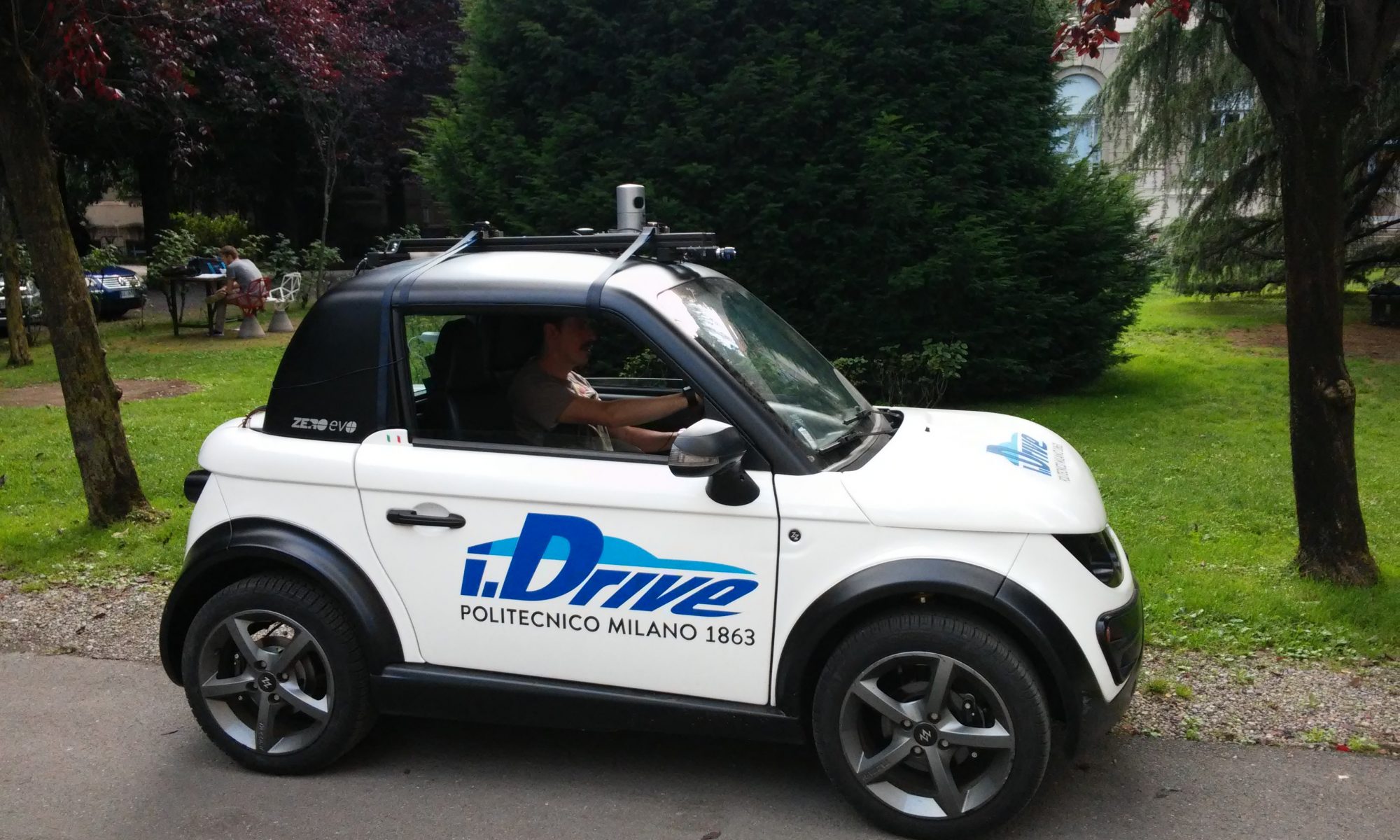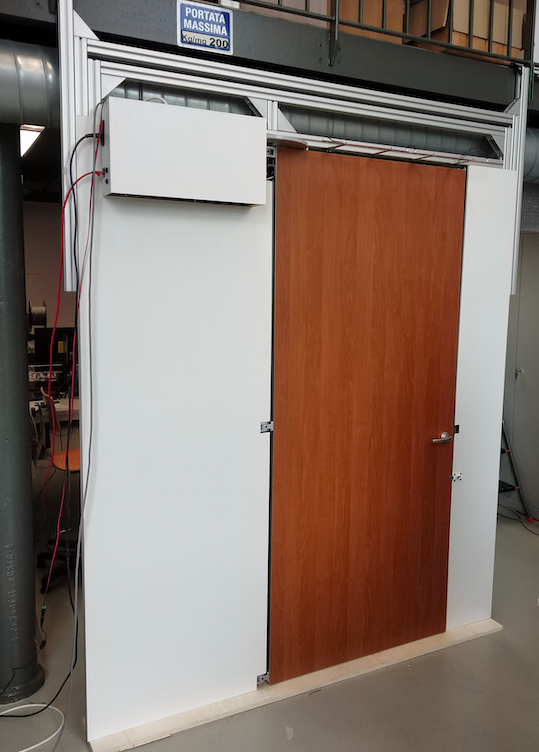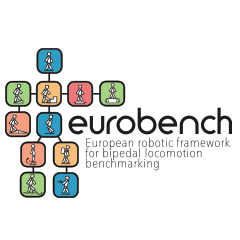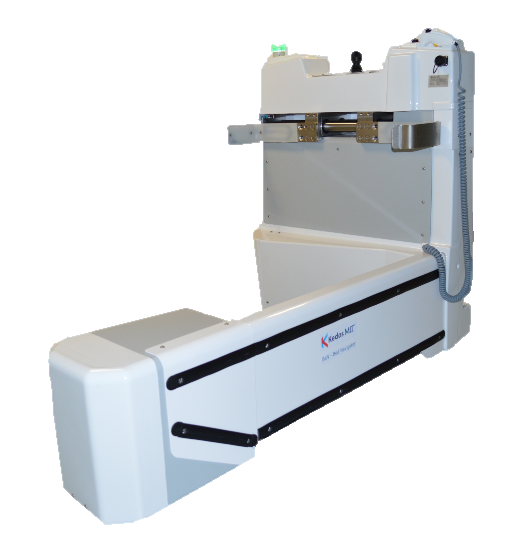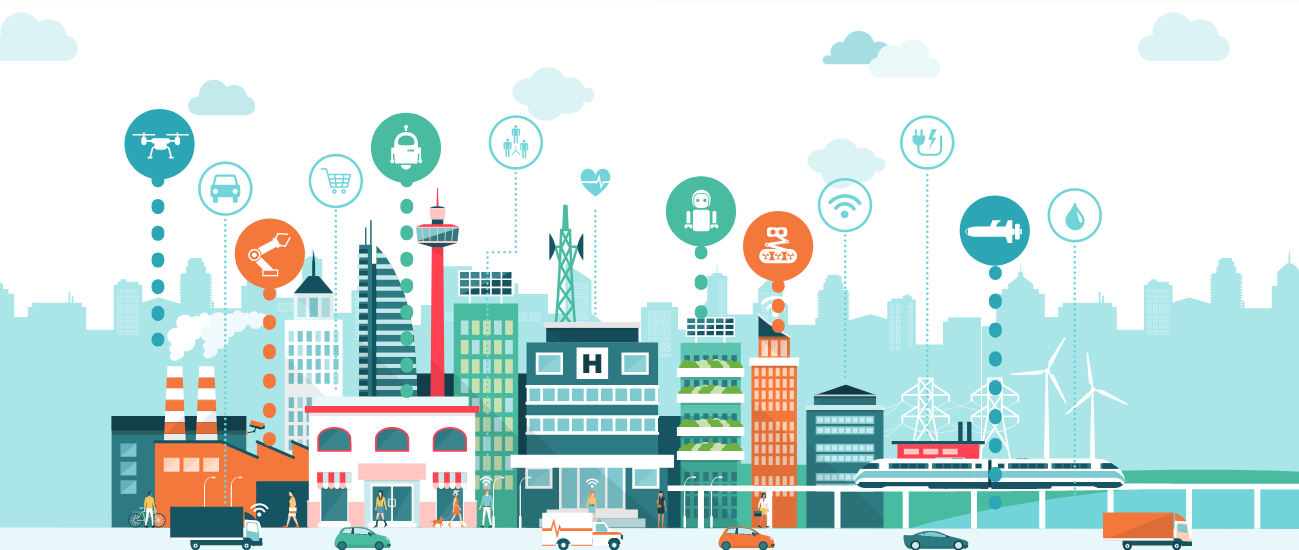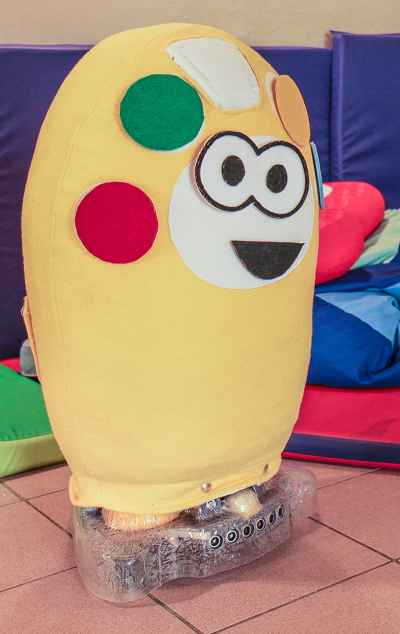Concierge is a robotic head intended to stay on the side of an office door and following with the “eyes” the persons passing in the corridor. When a person comes to the door Concierge makes a “Yes” or “No” gesture according to the possibility to disturb the person in the office. Concierge can be dressed in different ways, corresponding to different psychological types, expressing the same behavior in different flavors. The more appreciated is the funky one.
Contact person: Andrea Bonarini
